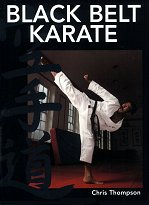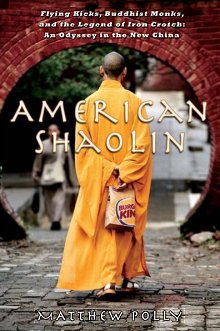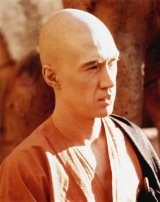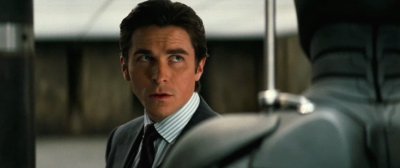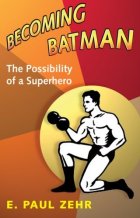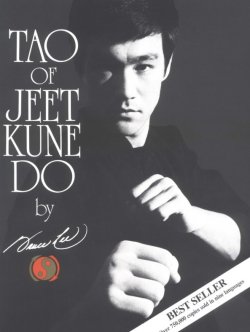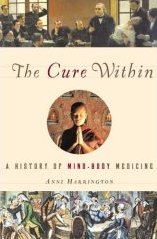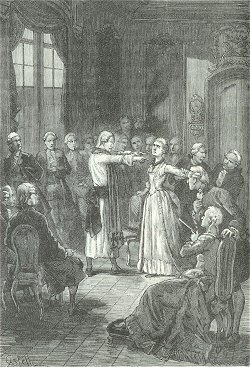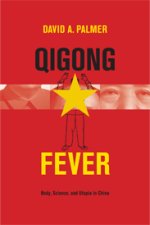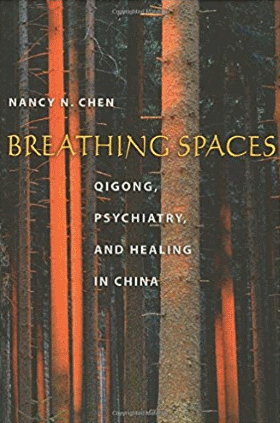Excerpted from The Report From Iron Mountain.
Lasting peace, while not theoretically impossible, is probably unattainable; even if it could be achieved, it would almost certainly not be in the best interests of a stable society to achieve it.
That is the gist of The Report from Iron Mountain. Behind its qualified academic language runs this general argument: War fills certain functions essential to the stability of our society; until other ways of filling them are developed, the war system must be maintained—and improved in effectiveness.
The authors choose not to justify their work to “the lay reader, unexposed to the exigencies of higher political or military responsibility.” The Report was addressed, deliberately, to unnamed government administrators of high rank; it assumed considerable political sophistication from this select audience.
To the general reader, therefore, the substance of the document may be even more unsettling than its conclusions.
